Children’s Dentist Rutland
How We Keep Your Children Smiling
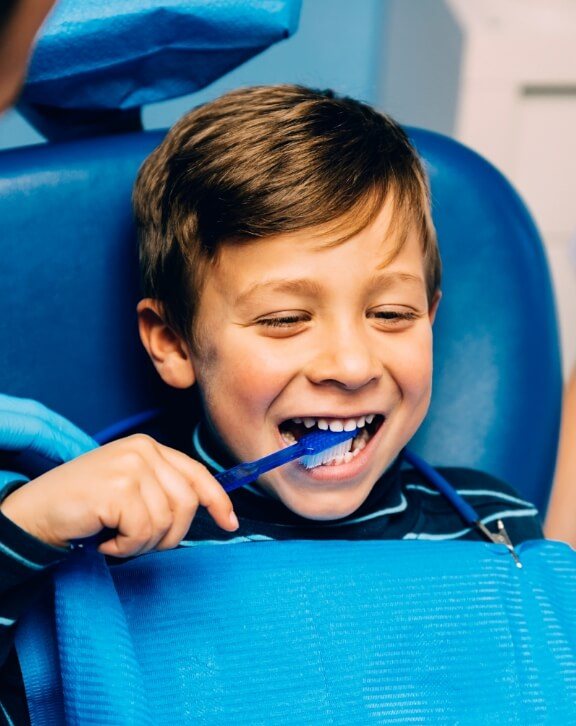
Your child should have their first dental visit no later than their first birthday. This allows them to start developing a trusting relationship with their dentist from an early age, which can set the tone for a lifetime of excellent oral health care. At Family Dental Associates, we’re always excited to have the opportunity to lay the foundation for a wonderful smile. Call us today to schedule their first appointment with our children's dentist in Rutland.
Why Choose Family Dental Associates for Children’s Dentistry?
- Tight-Knit Group of Experienced Dentists and Hygienists
- Over 30 Years of Helping Rutland Families Smiles
- Comprehensive Dental Care for Children in One Location
Children’s Dental Checkups & Cleanings

The first dental checkup will be focused on getting to know your child and helping them feel comfortable in our office. After that, you should start bringing them in to see us every six months so that we can clean their teeth and make sure there aren’t any cavities or other dental problems forming. During these visits, we can teach your child about good oral hygiene and answer any questions you have about their oral development.
Dental Sealants
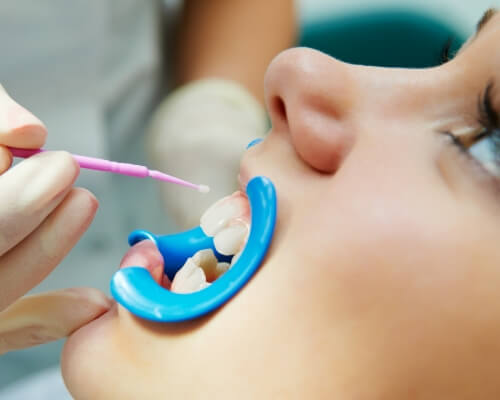
The molars near the back of the mouth are susceptible to cavities since they’re hard to reach with a toothbrush and contain many pits where food particles can get caught. To help better protect your child’s teeth, we can place a layer of clear plastic known as a sealant over the chewing surfaces. Well-made dental sealants can give up to 10 years of protection and dramatically lower your little one’s risk for cavities.
Fluoride Treatment
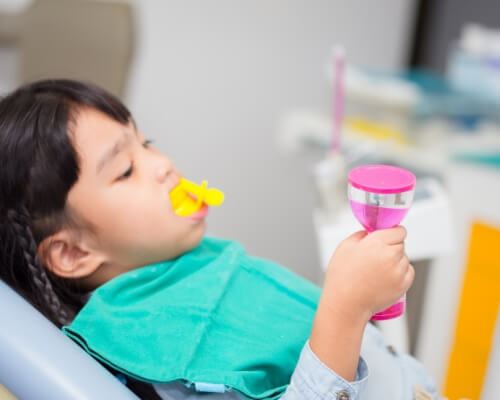
Children between the ages of 6 months and 16 years should have fluoride every day so their teeth can grow strong and resistant to cavities. At your child’s checkup, we can place a concentrated fluoride gel or varnish on the teeth; after about 30 minutes, the teeth will absorb it. Fluoride treatments are quick and painless and make a big difference for children who have a higher-than-average risk for tooth decay.
Pulp Therapy
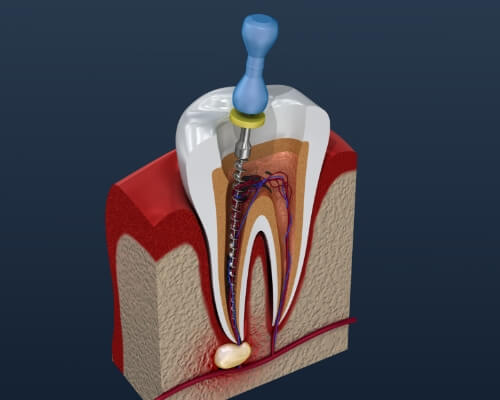
The pulp consists of nerves and blood vessels that provide oxygen and nutrients for each tooth. Infected pulp can be extremely painful and put the entire tooth at risk. When your child is experiencing unexplained tooth pain, sensitivity, or swelling, call us. We can take an X-ray to see if there’s a problem with the pulp. If so, we can remove it, relieving your child’s pain while letting them keep their natural tooth.
Dental Fillings
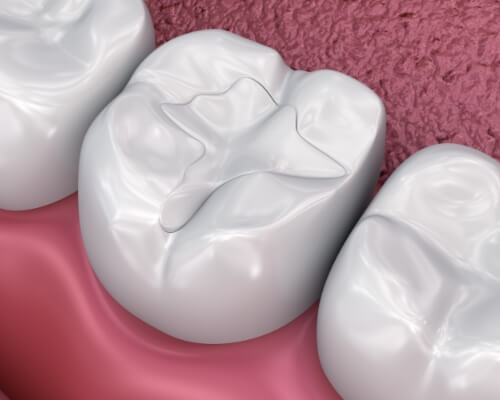
Tooth decay is considered one of the most common chronic childhood diseases. About a fifth of all children between the ages of 5 and 11 have at least one untreated cavity. Fortunately, we can fix the damage by placing a filling in the tooth after the decay has been removed. While fillings are often made out of metal amalgam, we use tooth-colored composite fillings that will match the rest of your child’s smile.
